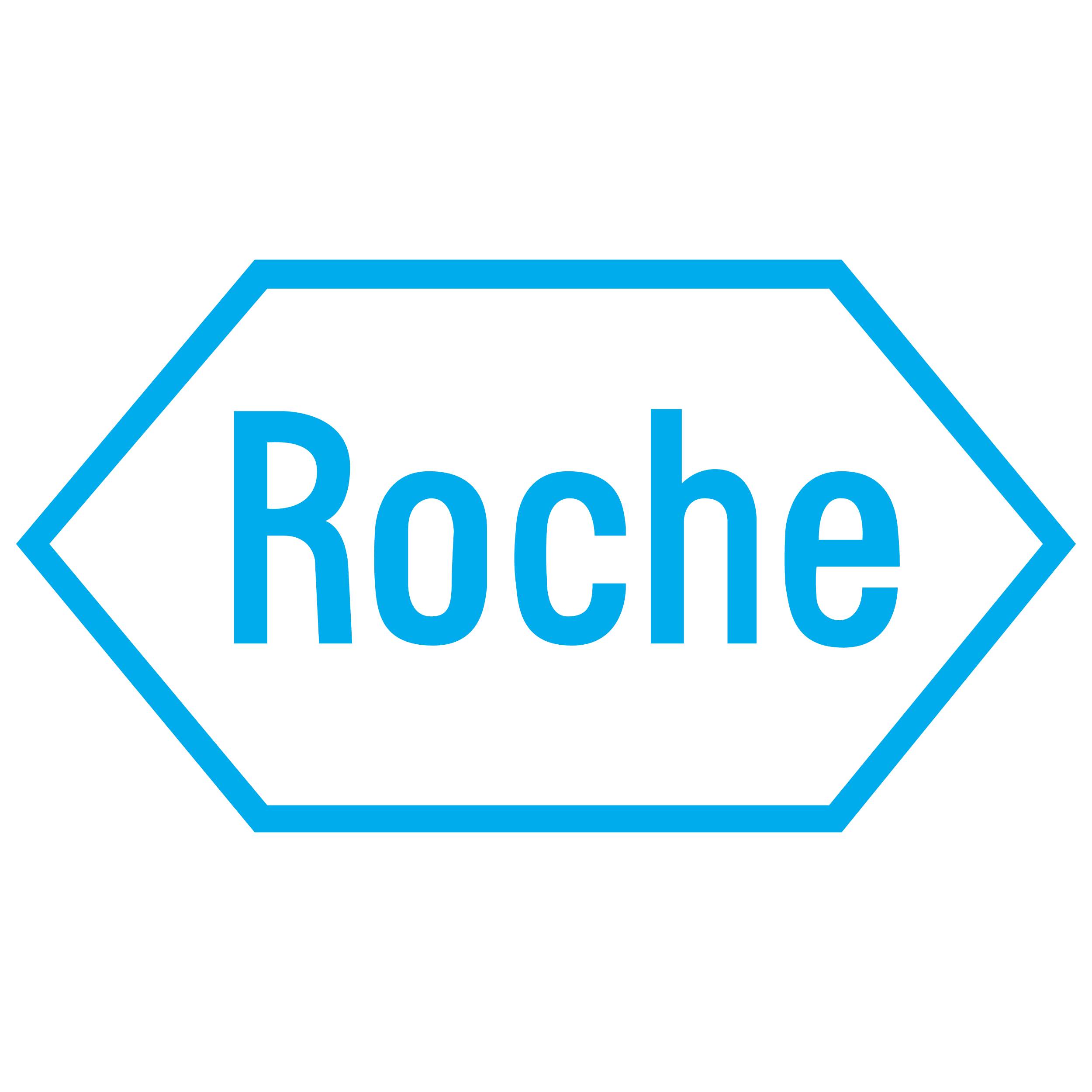
Division of work for cell microscopy analysis

Challenge
The customer, a team of biologists, needed to move from a manual qualitative assessment of their cell microscopy images to a quantitative, fully automated analysis. But this requires deep imaging informatics knowledge.
Biologists are not informatics experts
Automated analysis is an iterative process where configurations are adjusted and the analysis re-run multiple times. Imaging informatics experts write the initial analysis configuration, but the biologists still need to do the fine-tuning.
Outsourcing is slow
Conventional outsourcing is a very slow approach to this process; the biologists need to request a re-analysis at the provider for every configuration adjustment.
Therefore, the biologists asked us to build an analysis automation, but in such a way that they can easily tune the configuration parameters themselves.
At the core of this project were 10'000 real images which they needed to analyze. The analysis had to complete before the automated web solution could be developed.
Approach
We started the analysis of actual images and the project concept at the same time.
Provide analysis service and develop a concept
We subcontracted the Broad Institute of MIT and Harvard who are also the maintainers of the CellProfiler software which we used for the analysis. The Broad team configured the analysis pipeline and then run the first analyses on the Broad computer cluster as this type of analysis requires a lot of computing power. At the same time, we started developing the concept.
Create shared infrastructure to seamlessly co-develop analysis
First, to make the actual analysis computation available to both the biologists and the informatics experts, we built a web service that runs a cloud-based computation. The service accepts the exact analysis configuration, then sets up an ad-hoc cloud computer cluster for processing the thousands of images. The key technologies used in this step were docker for defining the cluster nodes, and Amazon AWS Spot Instances for running the cluster.
In addition, we built a website where biologists and informatics experts interact: Biologists upload sample images, informatics experts upload a matching analysis configuration. Then, the website lets both parties trigger an analysis, and shows the resulting image segmentation as well as charts for the statistical evaluation of the results.
Seamless collaboration between biologists and image informatics experts
To enable a seamless collaboration between biologists and image informatics experts, we let the informatics experts expose analysis parameters that should be fine-tuned by Biologists through the website.
Finally, the website would store all projects and have them ready for biologists to re-run at any time, or kickstart new projects easily.
Result
We developed a working prototype of the full system that could set up and run the cluster. We also developed the website that would show the resulting images and the statistical analysis.
A key benefit of the system was that the analysis could be reproduced or adapted even years later, as our mechanism saved the exact version of everything including the CellProfiler and Computer Operating System versions.
We developed the full concept for the remaining pieces and summarized them in a video.
This project is currently paused as the image analysis result did not yield the anticipated result, leading to personnel changes.
You can find more project details at cellexpress.io